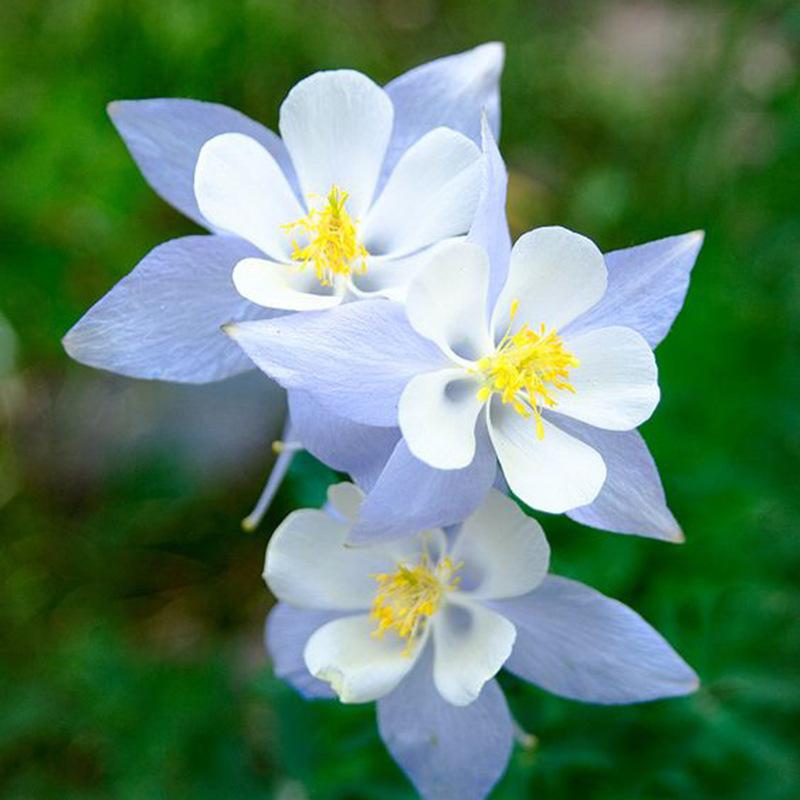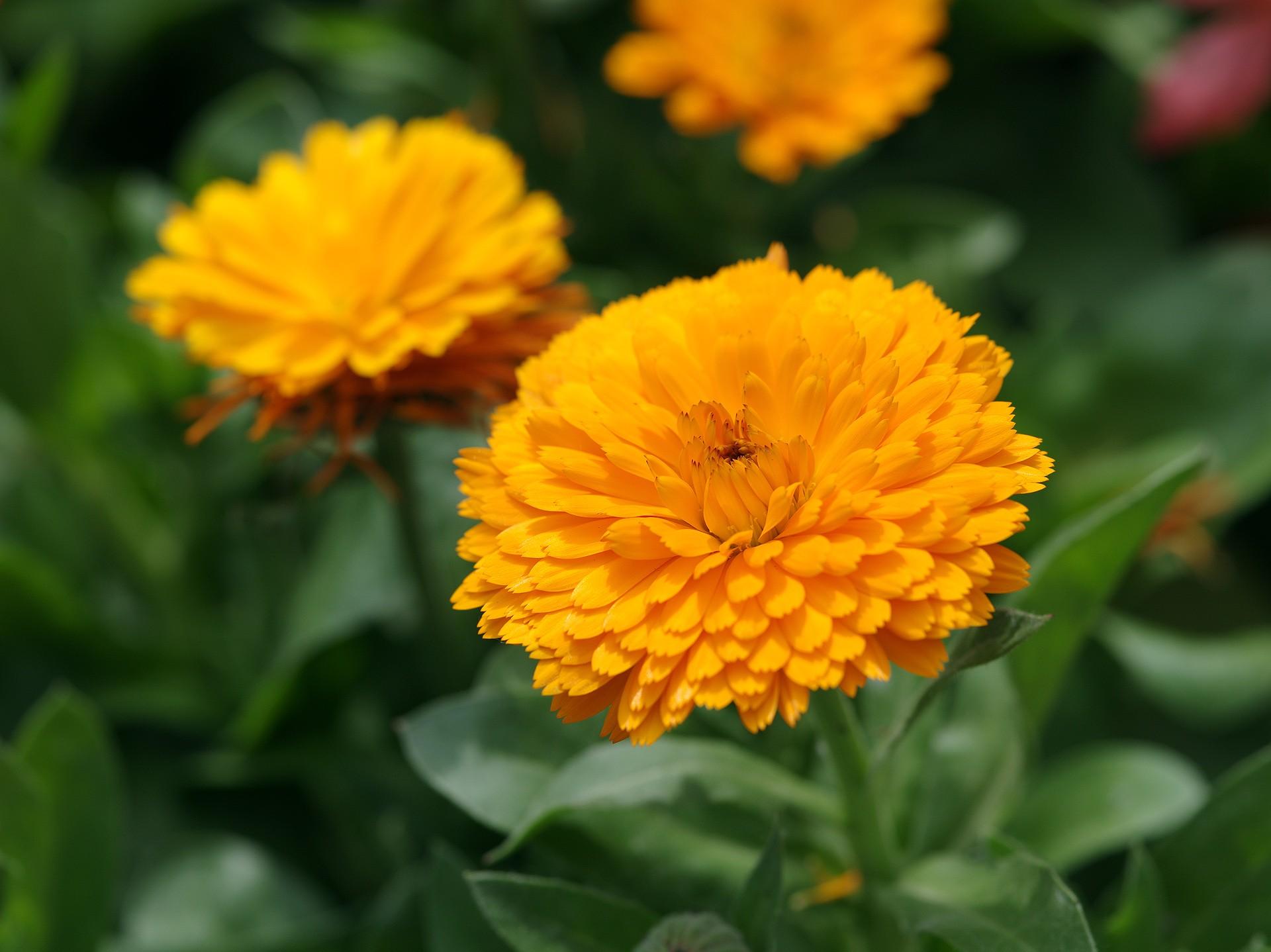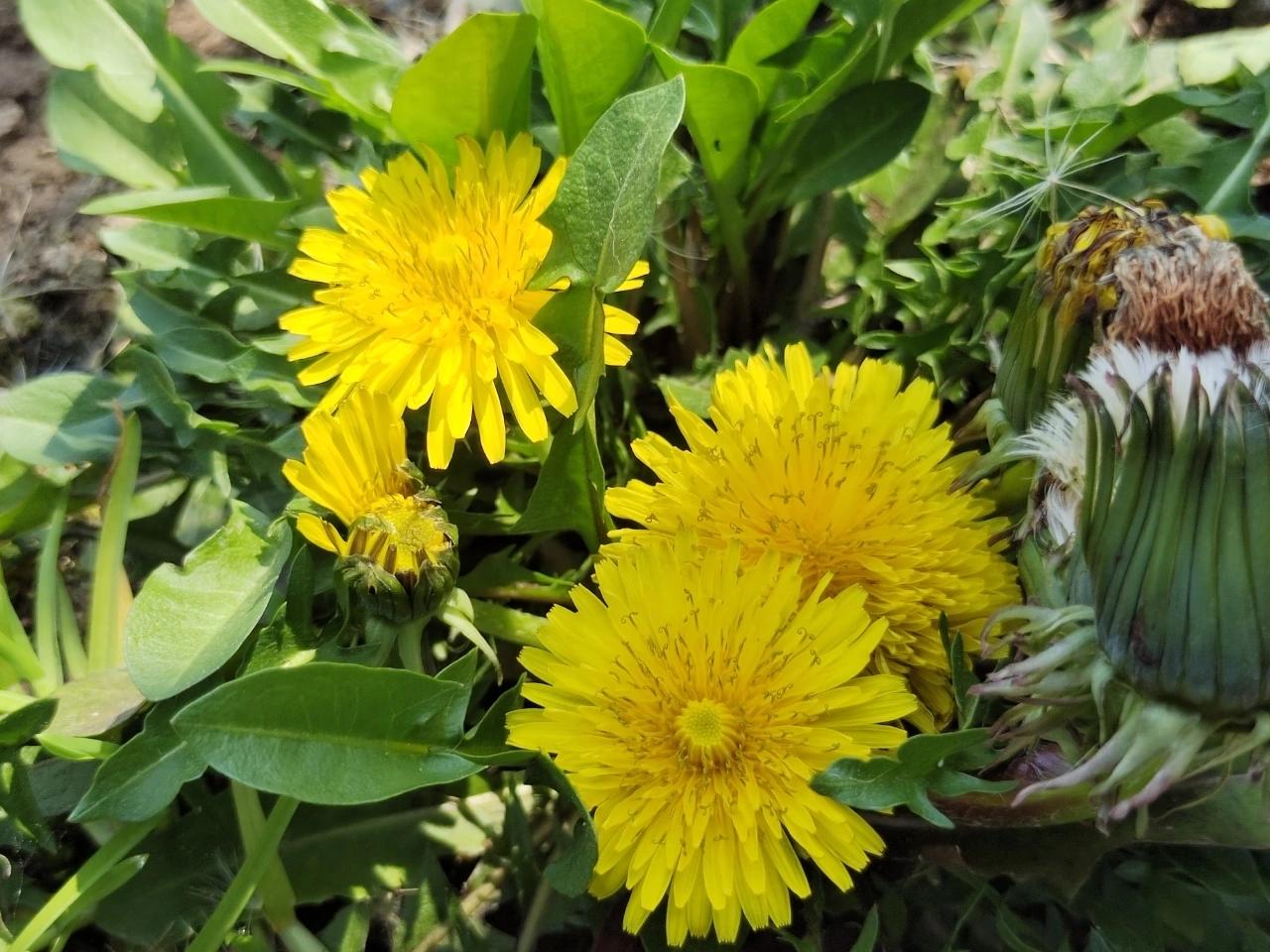The Alstroemeria, also known as the Peruvian Lily, has an interesting story. Legend has it that an Inca princess fell in love with a commoner who picked wild flowers for her. Unfortunately, he was killed by her father, the Inca king. In her grief, the princess scattered the flowers on his grave. The next day, the flowers had transformed into Alstroemeria, symbolizing undying devotion and friendship. Till this day, Alstroemeria carries this message, reminding us of the power of love and sacrifice within relationships.
Picture
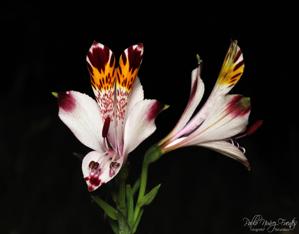
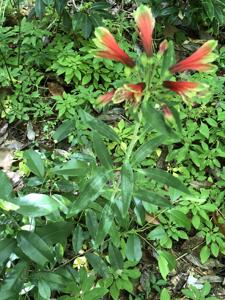
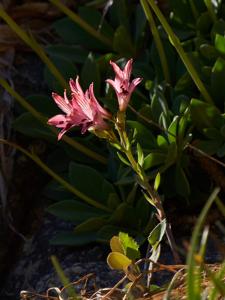
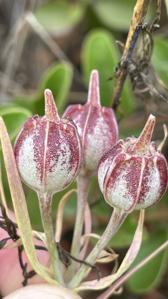
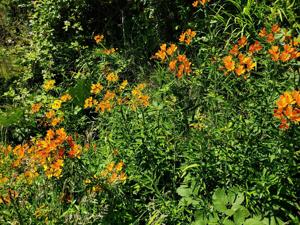
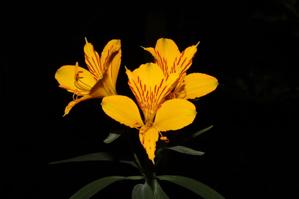
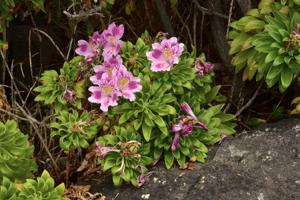
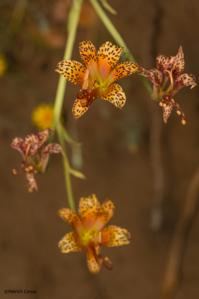
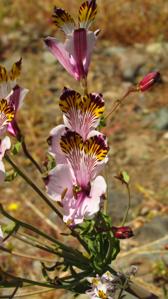
Plant some seeds now!
Short Description
Alstroemeria × hybrida in the Lalbagh Botanical Gardens
Alstroemeria ‘Saturne’
Alstroemeria (/ˌælstrɪˈmɪəriə/), commonly called the Peruvian lily or lily of the Incas, is a genus of flowering plants in the family Alstroemeriaceae. They are all native to South America, although some have become naturalized in the United States, Mexico, Australia, New Zealand, Madeira and the Canary Islands. Almost all of the species are restricted to one of two distinct centers of diversity; one in central Chile, the other in eastern Brazil. Species of Alstroemeria from Chile are winter-growing plants, while those of Brazil are summer growing. All are long-lived perennials except A. graminea, a diminutive annual from the Atacama Desert of Chile.
Description
Plants of this genus grow from a cluster of tubers. They send up fertile and sterile stems, the fertile stems of some species reaching 1.5 meters (4.9 feet) in height. The leaves are alternately arranged and resupinate, twisted on the petioles so that the undersides face up. The leaves are variable in shape and the blades have smooth edges. The flowers are solitary or borne in umbels. The flower has six petals each up to 5 centimeters (2.0 inches) long. They come in many shades of red, orange, yellow, green, purple, pink, and white, flecked and striped and streaked with darker colors. There are six curving stamens. The stigma has three lobes. The fruit is a capsule with three valves. Alstroemeria are classified as an inferior monocot, meaning the petals are located above the ovary and the leaf veins are parallel.

